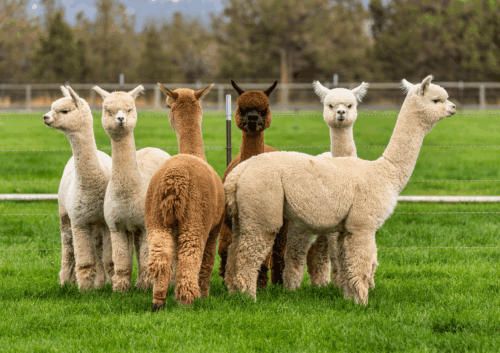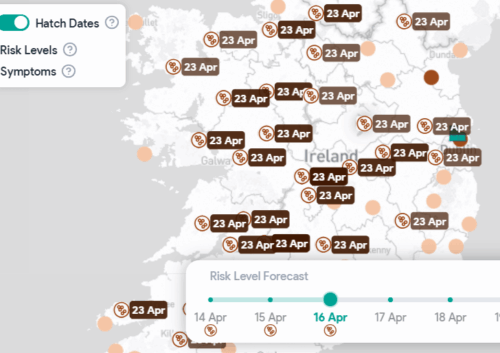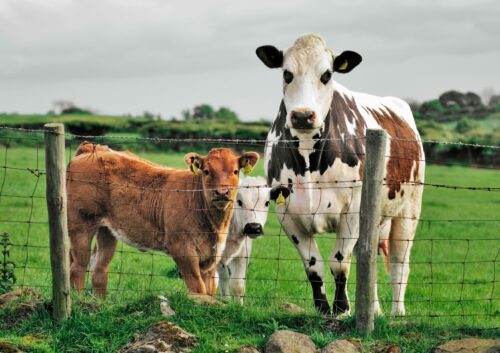What is Machine Learning?
When you hear the term Artificial Intelligence or AI, memories of Arnold Schwarzenegger with his leather jacket, sunglasses, and a shotgun from ‘Terminator’ may come to mind. Well, in reality, AI now plays an important role in everyday life.
Machine learning (ML) is considered to be a type of artificial intelligence. Just like humans learn from past experience, ML is a type of computer program that learns from the information it is exposed to. A machine learning model will become more proficient overtime at the function it is told to perform, as it learns from each previous experience.
You may be familiar with this concept if your smartphone has a ‘face unlock’ security feature. Similar to how a child learns to recognise the faces of its parents, your phone learns to recognise your face by taking an initial scan, learning the features, and recalling on memory the next time you want to unlock your phone.
Just like humans, there are different ways machines can learn from information:
Labeled Data
Computers have the ability to process vast amounts of data in a very short space of time. They can do this much more efficiently than the human brain. This data may be in the form of images, videos, text, and much more. Let’s take the case of image data. If we would like to train an ML model to recognise a specific object in an image (a cat, for instance), we could create a large group of images containing different animals and we would label all of the cats. These labeled images would be fed to the ML model so it can learn to identify the cats.
Supervised Learning – Providing Feedback
So, nobody is an expert after the first time they are shown how to do something, and our machine learning algorithm is no different. It now knows how to identify a cat, but sometimes it will make mistakes and maybe incorrectly identify a dog or a sheep as a cat. When this happens, you can provide feedback to the model and it will learn from the mistake. Over time, the model will get better at identifying cats and will make fewer mistakes.
Unsupervised Learning
This is a type of ML model that learns to recognise patterns from unlabelled data. It is the opposite of supervised learning where data is labeled by a human. An unsupervised ML algorithm is forced to understand its own world and organise the data by capturing patterns. Going back to our animal example, you could provide a large group of unlabelled animal images to the unsupervised model and it would hopefully be able to categorise them into dogs, cats, and sheep by spotting the common features of each type of animal and grouping them together.






























